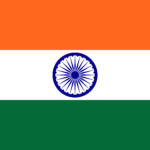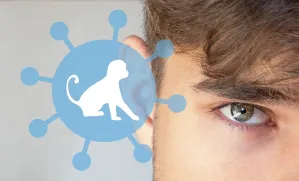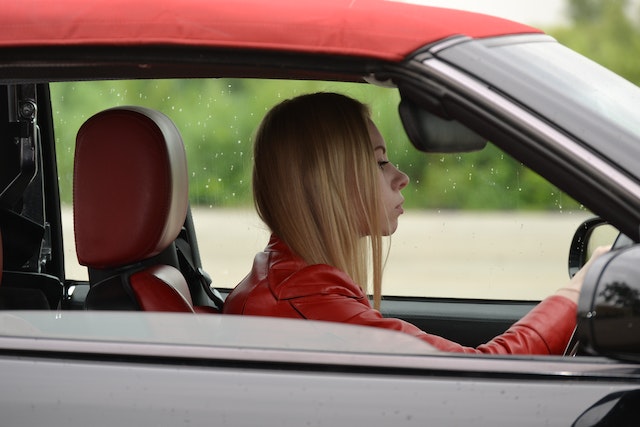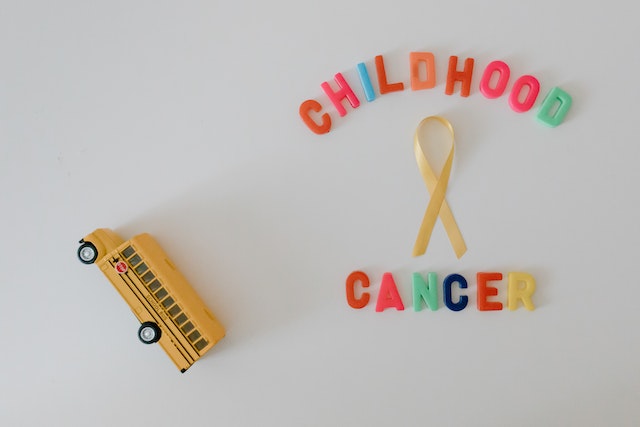Monkey Pox is a viral disease and looks similar to smallpox, but the virus is quite different. It can be deadly in some cases. Here’s what you need to know about this virus and how to protect yourself from monkey pox.
What is Monkey Pox?
Monkey pox is a rare viral infection. It is most commonly found in Central and West Africa, where it gets its name from the fact that it often infects monkeys and other primates. The virus can also infect humans, and while it is usually less severe in humans than smallpox, it can still be deadly. There is no specific treatment for monkeypox and no vaccine, so prevention is the best way to protect yourself from the virus.
Where did the Monkey Pox virus come from?
The Monkey Pox virus is believed to have originated in Africa, where it is thought to have jumped from monkeys to humans. Monkeypox was first discovered in 1958 in monkeys and so the name was given”Monkey Pox”.
The first recorded outbreak of the virus occurred in the Democratic Republic of Congo in 1996. Since then, there have been sporadic outbreaks of the virus in other parts of Africa. In 2003, an outbreak of Monkey Pox occurred in Nigeria. There was also an outbreak in the Central African Republic in 2012. In the United States, the first case of monkeypox was reported in 2003 in Texas. This was thought due to animals imported from Ghana. In 2021, a case was also reported from Maryland that may be due to travel.
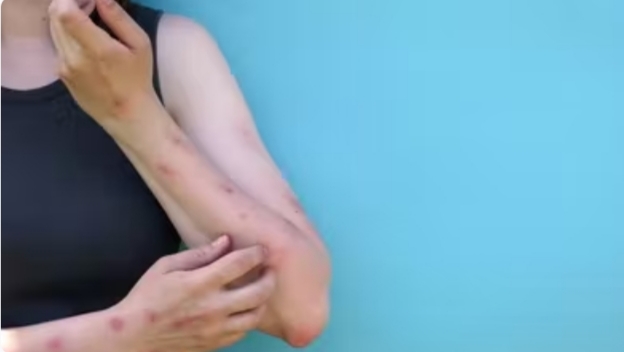
How Monkey Pox spreads?
Animal-to-human and human-to-human direct contact is a major s mode of transmission.
There are several ways that monkeypox can be spread from one person to another. The most common method is through contact with the infected animal, usually a monkey or a rat. The virus can also be spread through close contact with an infected person. airborne Spread such as through coughing or sneezing is still not very much confirmed. The research is underway through airborne spread but there is a possibility of respiratory spread when there is close face-to-face contact. It is also possible to contract monkeypox from coming into contact with contaminated clothing or bedding.
sexual transmission is also possible with close intimate contact. The virus may also transfer from the infected mother to the fetus via the placenta.
Symptoms of Monkey Pox
Monkeypox is a viral infection that can cause illness in humans. The symptoms are similar to those of other poxvirus infections, such as smallpox and chicken but are milder than in other virus pox infections. It is important to be aware of the symptoms and seek medical help if you think you or someone you know has the disease.
The most common symptom of monkeypox is a fever, which can reach up to 105 degrees Fahrenheit. Other early symptoms include headache, muscle aches, chills, and fatigue. A few days after the fever begins, a rash will develop on the face and body. The rash usually starts with small red bumps that turn into fluid-filled blisters. The blisters eventually scab over and fall off, leaving behind scars. Monkeypox can also cause swelling of the lymph nodes, pneumonia, and encephalitis (inflammation of the brain).
If you think you or someone you know may have monkeypox, it is important to contact healthcare providers.
Treatment for Monkey Pox
There is no specific treatment for monkeypox, but severe cases of the disease require hospitalization and can be fatal.
Usually, symptomatic treatment is given but in severe cases, antiviral drugs may also be tried. Patients can receive supportive care to help them recover from the disease.
Bed rest and paracetamol (acetaminophen) can help to relieve the fever and muscle aches. Antiviral drugs may be effective if started early in the course of the illness. Monkey Pox is a self-limiting illness. However, some cases may be fatal. The fatality rate is around 3 to 6 percent.
What is the reservoir for the monkey virus?
Studies are still underway to identify definite host animals. But squirrels, rats, dormice, and some other species may play the role.
Prevention of Monkey Pox
The following measures can be taken to avoid monkeypox.
1- You must take care to avoid contact with infected animals. This measure especially is taken where the disease is prevailing.
2- Similarly you should avoid contact with contaminated material.
3- Frequently wash your hands when dealing with infected animals or humans.
4- It is better to isolate infected people or animals.
5- A woman should not conceive while infected or living in a very hostile environment.
5- Those dealing infected person must use PPE(personal protective equipment)
6- Vaccine is available for immunization
The key difference between smallpox and monkeypox
1- The organisms causing illness are different. Smallpox is caused by the “Variola virus” while Monkey Pox is caused by “Monkeypox virus” of “Orthopoxvirus” genus belonging to the Poxvirdae family.
2- There is lymphadenopathy ( swollen lymph nodes) in Monkey Pox but not in Small Pox
3- Symptoms are milder in Monkey Pox as compared to Small Pox.
4- Monkey Pox is less contagious as compared to Small Pox.
5- Small Pox is eradicated from most parts of the world by vaccination while Monkey Poxf still prevails.
Monkey pox images
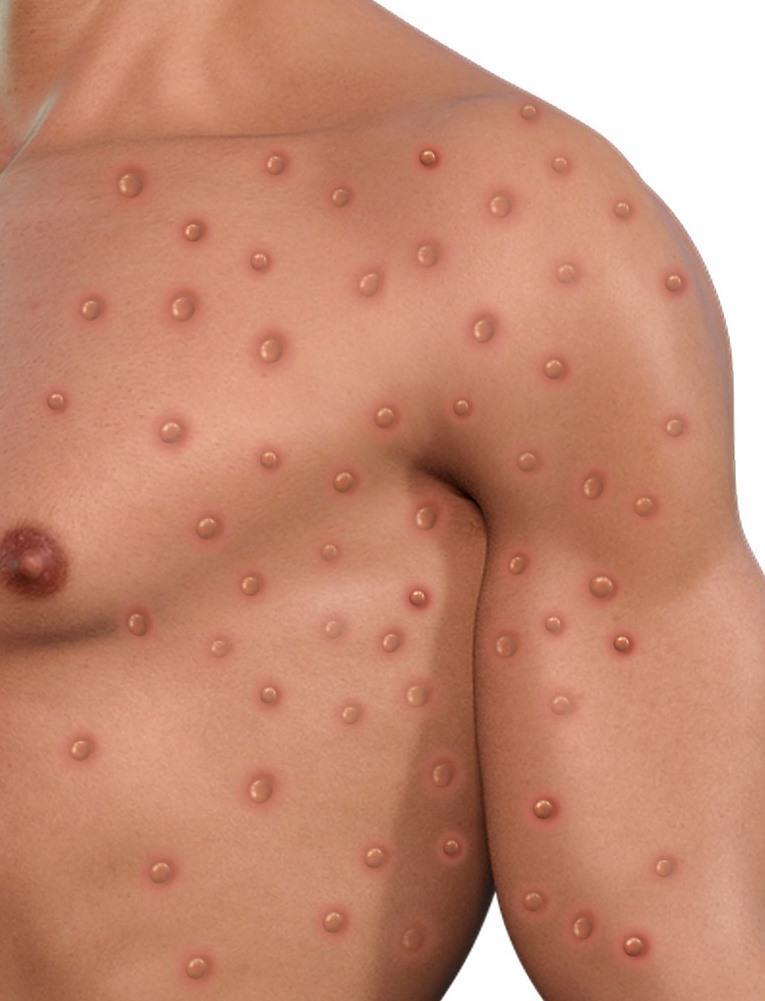
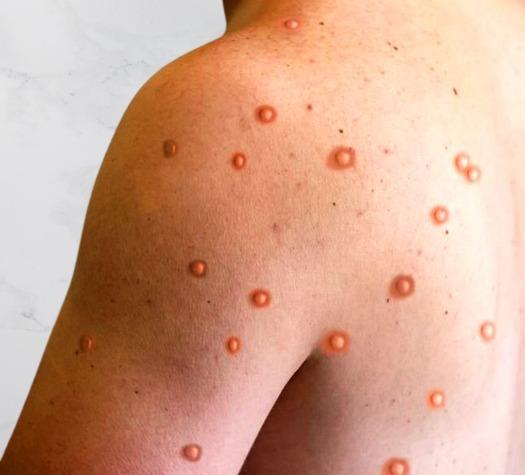
Conclusion
Monkeypox is a viral illness that can be fatal in humans in a few cases. The best way to prevent this is to avoid contact with wild animals, especially monkeys and other primates. If you think you have been exposed to the virus, it is important to seek medical attention immediately. There is no specific treatment for monkeypox, but early diagnosis and supportive care can improve the chances of recovery. It is also believed that smallpox vaccination also provides some protection against monkeypox as organisms in both cases belong to the same family. So cases are more common in unvaccinated people.
Please also read this article
——————————————————————————————————————–
For a better experience of web hosting and domain, please click here
